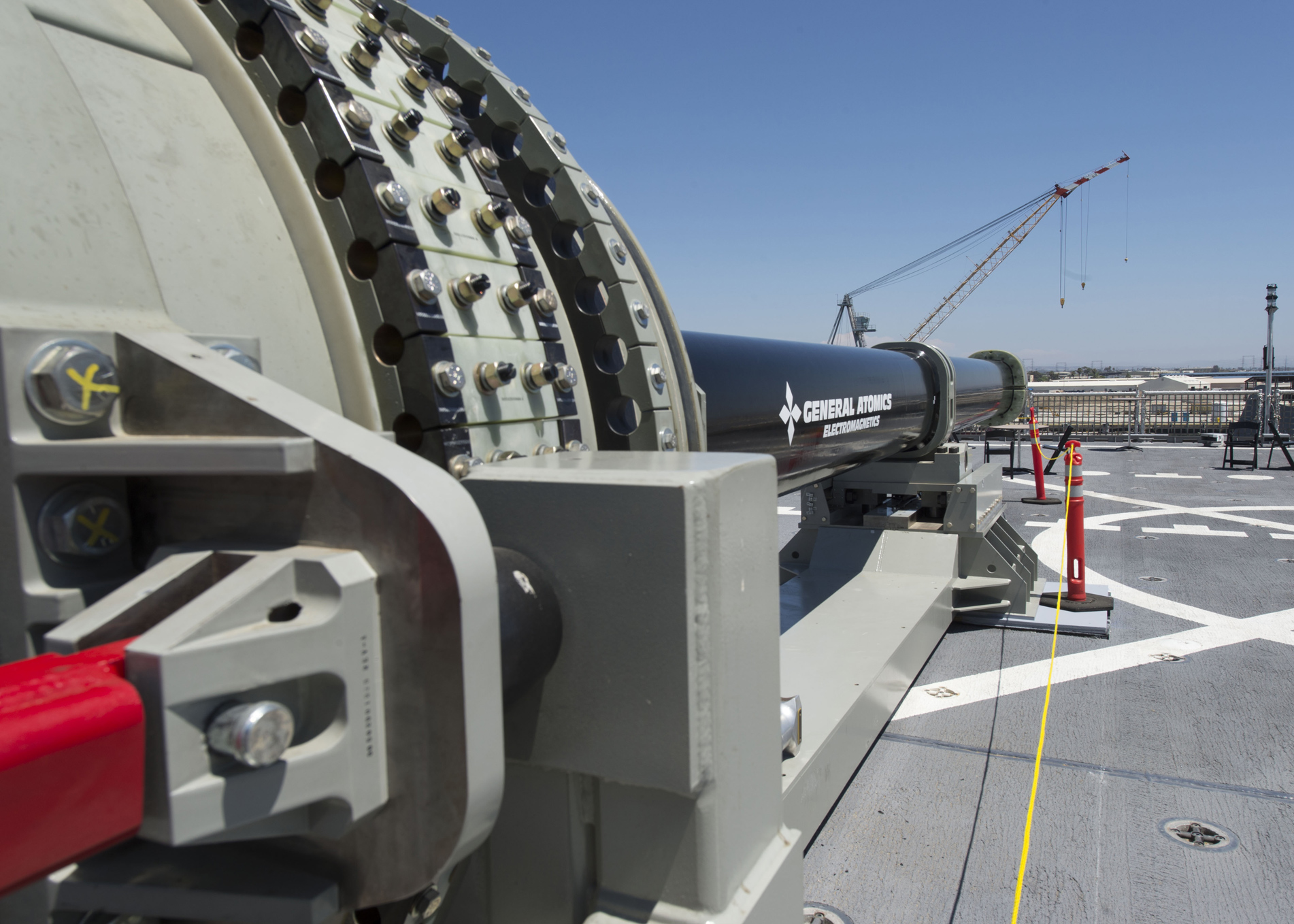MSU’s CAVS to continue working on all-electric Navy ship
Contact: James Carskadon

STARKVILLE, Miss.—Researchers in Mississippi State University’s Center for Advanced Vehicular Systems will continue to work on designs for an all-electric Navy ship after recently receiving a five-year, approximately $2.5 million grant.
The grant money is part of a $35 million grant awarded to Florida State University by the Office of Naval Research. Florida State will oversee and coordinate research efforts of the Electric Ship Research and Development Consortium, of which MSU is a founding member. The University of South Carolina, Massachusetts Institute of Technology, Purdue University, Virginia Tech and the University of Texas make up the consortium along with MSU and FSU. Members of the consortium have spent 13 years on electric ship research, with the new $35 million grant continuing that work for another five years.
“The consortium is a collection of universities interested in helping the Navy fit the most advanced electric power system on the smallest surface ship that they can,” CAVS Associate Director Mike Mazzola said. “At the end of the day, that’s really the technical challenge we face – power density.”
The Navy built an all-electric Zumwalt class destroyer, but it is significantly bigger than the vessel it was meant to replace, which Mazzola said shows the need for more research in order to implement futuristic power and control systems while maintaining Navy speed and defense standards. MSU researchers have made substantial contributions to the consortium research in the areas of electric cabling and controls.
Sherif Abdelwahed, an associate professor of electrical and computer engineering in MSU’s Bagley College of Engineering, is working to design an intelligent control system that can move megawatts of energy to needed ship systems and also quickly adapt to different operating conditions and scenarios.
“The ship can go from cruising to battle mode and then back to cruising quickly. Each of these has its own requirements,” Abdelwahed said. “The load can change dramatically because of the different modes of operation, especially the battlefield mode. Intelligent control architecture will be able to predict and react to these changes and make the system work as efficiently as possible and meet the requirements of reliability and effectiveness by using the resources that are critical to the ship.”
The control systems are designed to be semiautonomous and automatically adapt to changing situations. The controls research will bring Star Trek’s Captain Kirk’s famous line, “All power to the shield,” closer to reality, Mazzola said. Instead of going to a shield, the power can be shifted to advanced weapons such as the Navy’s electromagnetic rail gun, which requires substantial amounts of energy to enable rapid fire capabilities.
“A rail gun uses pure electricity to accelerate a projectile to velocities that no gunpowder can do,” Mazzola said. “All of that is predicated on the assumption there will be 80, 90, 100 megawatts of electricity on board that ship, and right now there’s only four or five megawatts.”
Because there is still a large gap between needed and available electrical power, the research consortium worked to created ship design software that is focused on the ship’s power systems and can test different concept studies. MSU’s primary contribution is software models that compute cable plans in larger integrated power systems. CAVS Research Engineer Greg Henley builds code that incorporates Abdelwahed’s system re-configurations and physical cable re-configurations designed by CAVS Research Associate Angela Card. Last January, Card was a key participant in a training session on the ship design software at the Philadelphia Naval Surface Warfare Center.
MSU researchers are working to ensure the physical wires and cables are resilient and adaptable when under attack and using the university’s cybersecurity expertise to ensure no systems on the ship are vulnerable to hacking or manipulation.
“We are looking to develop an intelligent system that can continuously monitor communication traffic and network activities on the ship and detect any signs of intrusions or hacking and react to it,” Abdelwahed said. “The amount of information that can be collected in this situation is unbelievably huge.”
Mazzola said the Navy is looking to have an advanced electric ship ready to handle next-generation radar, rail guns and lasers that are targeted for completion by 2030. With Pascagoula home to Ingalls Shipbuilding, a leading builder of Naval ships, Mazzola said it is likely Mississippians will be the ones to build an all-electric destroyer when the time comes.
“Mississippi is one of the nation’s top shipbuilding destinations, and it’s one reason why Mississippi State University is interested in being part of the Electric Ship Research and Development Consortium,” Mazzola said. “We know that our state will be building electric ships in the future. We’ve already been building and overhauling ships with substantial improvements to their electrical systems, including electrical propulsion.”
MSU is Mississippi’s leading university, available online at www.msstate.edu.